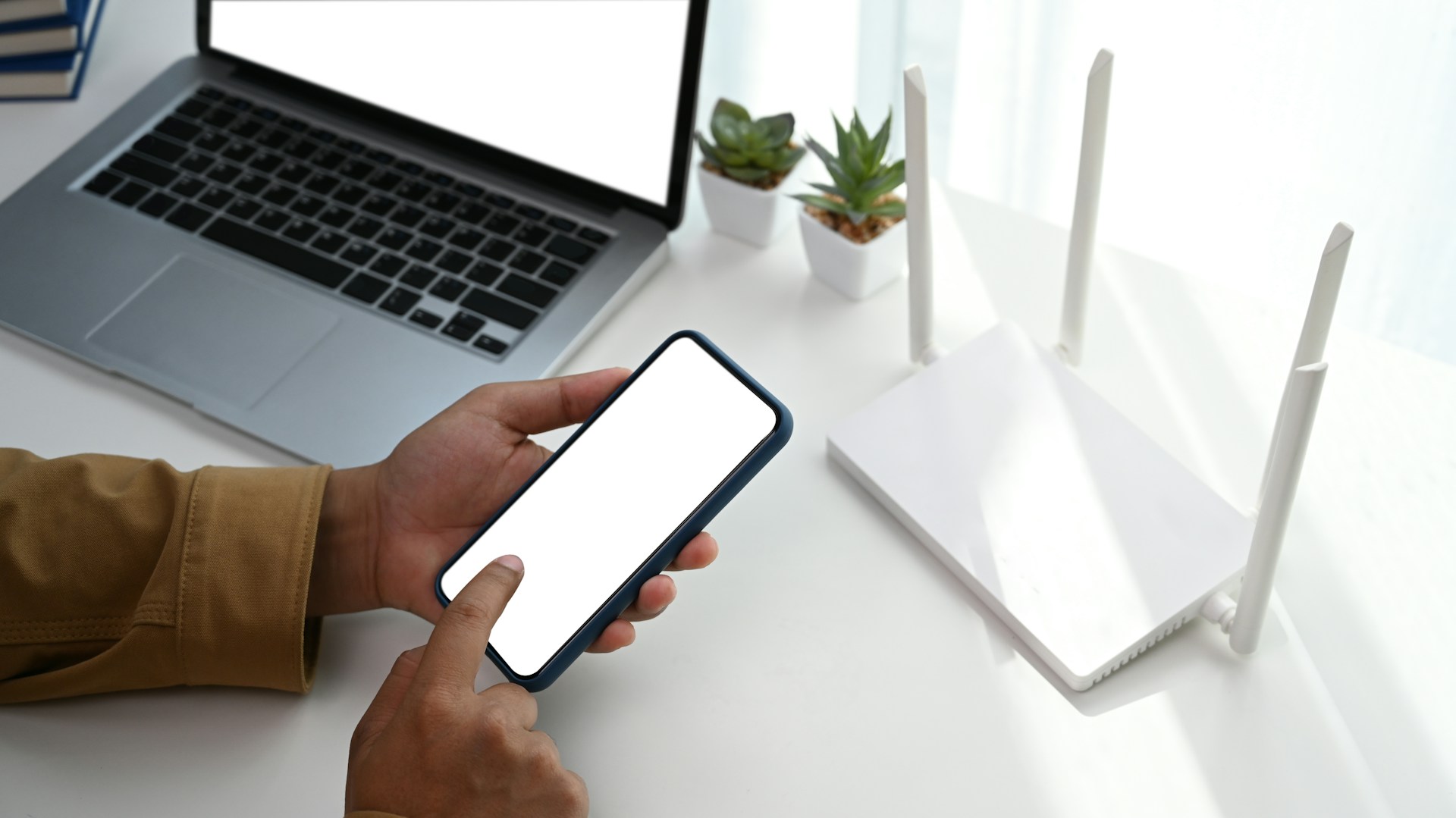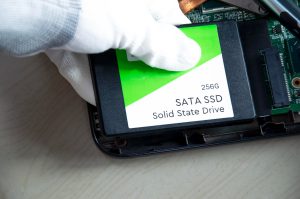As remote access becomes more common, so do the risks that come with it. Working from home, accessing files on the go, or logging into the office system from a phone makes life easier. But it also opens more doors for unwanted guests. Without proper protection, your network can become an easy target for hackers, malware, and other online dangers.
These threats aren’t just about someone snooping. They can shut down your systems, lock you out of your own data, and cause real damage. That’s why protecting your network isn’t just about strong passwords. It’s about knowing who has access, how they get in, and what they can do once inside. It doesn’t take a huge team to get this right. Just some good habits and a bit of awareness go a long way.
TeraDrive has been supporting Canadians with reliable data recovery across the country, including Halifax. While we specialize in recovering lost data, keeping threats out in the first place can help you avoid needing those services.
Understanding Remote Access Threats
Remote access is when someone connects to a device or network from a different location. It’s key for flexibility, whether you’re working outside the office or checking documents from your mobile. But it can quickly become a weak spot if not secured properly.
Here are a few examples of remote access threats:
– Unauthorized login attempts: When someone tries to access your system without permission.
– Phishing emails: Messages meant to trick you into giving up your login info or clicking on harmful links.
– Remote desktop hacking: Attackers gain control of your device from afar using software tools.
– Password spraying: Using common passwords across multiple accounts, hoping one gives them entry.
Think of it like leaving your window cracked open overnight. It might seem like nothing will happen, but someone looking to take advantage might find their way in. What makes this tricky is that these threats often don’t leave obvious clues. Someone could be inside your system for days without causing noticeable issues right away.
And it doesn’t just affect big companies. Home devices, individual laptops, or small office networks are targets too. The good news is you can reduce the risks with a few smart moves once you know what to look out for.
Strengthening Network Security
Protecting your setup might sound like a job for IT experts, but it really starts with a few steps you can manage on your own or with some guidance. These actions are quick enough to put in place but strong enough to keep threats out.
1. Use a VPN
A virtual private network adds a layer of privacy, especially when you’re connecting over public or unsecured networks. It hides your real IP and encrypts the data, making it harder for outsiders to intercept what you’re doing online.
2. Set up two-factor authentication
This adds another safety step when logging in. Even if someone steals your password, they’ll need a one-time code or confirmation from another device to get in.
3. Keep your software updated
Old software is one of the easiest ways for threats to sneak through. Most updates include fixes for known problems, so staying current reduces those open doors.
4. Disable what’s not needed
If you’re not using certain remote access tools or services, shut them off. Every active feature is one more way in. Fewer open points mean fewer chances for a mistake.
5. Strengthen your Wi-Fi settings
Make sure you’re not using the default password from your provider, and avoid open networks when possible. Secure your home and office Wi-Fi with a strong, hard-to-guess passcode.
Being proactive while systems are working normally is often easier than reacting once things start going wrong. Act early, and you’ll spend less time dealing with problems later.
Monitoring and Managing Access
Strength isn’t only about locks. It’s about knowing who’s coming through the doors. Many breaches can be traced back to someone having more access than they needed or not keeping track of who was allowed in. That trust can open the door to mistakes.
Start by reviewing who has access to sensitive files, folders, and systems. Remove old accounts that aren’t in use. Set access controls so users can only reach what they need for their work. If someone’s just helping out with a small project, they don’t need admin-level clearance.
Logging tools help here too. They keep track of who signs in, what they do, and when they do it. You don’t need to check every log entry, but spotting unusual behaviour quickly can stop something from growing into a bigger issue.
Ways to manage access better:
– Clean up inactive accounts
– Break up roles so fewer people have full access
– Use dedicated accounts for certain tasks (like admin vs. regular user)
– Restrict remote access to work hours only
– Monitor access logs regularly
Even at home this makes a difference. Shared computers, mobile devices used by kids, or work files stored on family laptops can lead to the same risks if not handled carefully.
Responding to Security Breaches
No matter how well set up you are, mistakes or attacks can still happen. The key is keeping things under control if something does go wrong. When that time comes, take action calmly and step by step.
Start by disconnecting the affected device or system from your network. That stops more data from being accessed or damaged. Reset all usernames and passwords for the accounts involved. Don’t reuse passwords—create new ones that are long and unique.
Investigate the breach. Do you see any strange users, files that were changed, or attempts to log in from unusual places? Take notes and keep logs from the past days. Don’t rush to erase things or clean the system. Sometimes, those forgotten traces help trace what happened and how far it spread.
Helpful actions after a breach:
1. Disconnect the device from your network
2. Reset all login credentials with stronger ones
3. Review data access history and changes
4. Flag anything odd in user activity logs
5. Pause using external storage or backup devices until they’re reviewed
6. Reach out to cybersecurity support or data recovery experts
In Halifax and around Canada, TeraDrive works with people who face these exact situations. Our role often begins after a breach, and we help recover what’s been lost, securing what’s still intact. Acting too fast or without guidance can overwrite files you might otherwise save.
Keep Your Setup One Step Ahead
Most of the trouble that comes with network breaches can be avoided with small everyday steps. It’s not always about major flaws. Often, it comes down to small holes left open like using a simple password or skipping an update for too long.
Now’s the time to double-check what you’ve set up. Go over user access. Confirm your tools are up to date. Turn off features you have no use for. And stay alert to small changes that don’t add up, like sudden system slowdowns or new files you don’t remember creating.
If you’re using remote access regularly for work or school, these habits matter even more. Make sure each device is secure and not shared. Don’t store sensitive data on shared folders. Most importantly, don’t ignore small signs just because no big issue has occurred yet.
Being aware and making small adjustments can save your data, time, and peace of mind. When done right, remote access works smoothly and securely. With the right habits, your data stays in your hands—where it belongs.
If you’ve experienced a breach or suspect data loss in your setup around Halifax, don’t wait to get help. TeraDrive offers specialized services for data recovery in Halifax, ensuring your valuable information is retrieved quickly and securely. Reach out to us for the support you need to get back on track with confidence.





